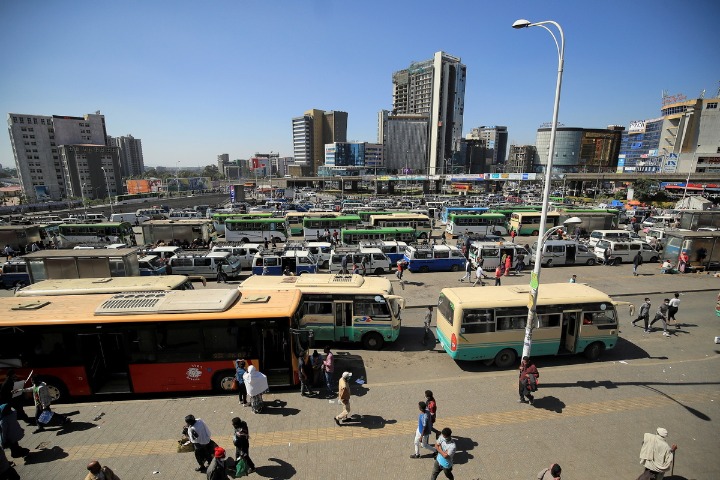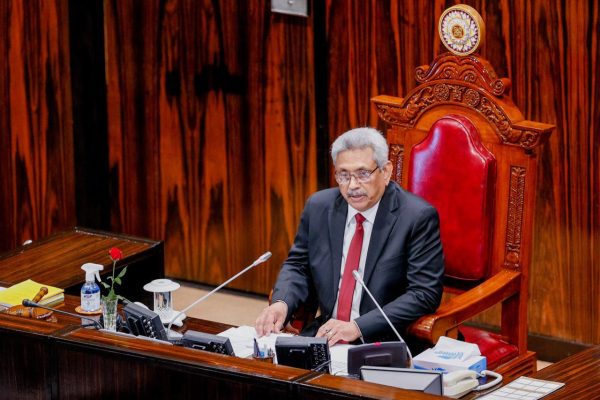Climate, COVID-19 and the debt crisis of developing countries

Potential Criteria for Prioritizing Debt-Climate Swap Support
Download report
The triple crisis of COVID-19, economic and climate poses a growing challenge to debt sustainability and financing climate action. Calls are increasing to seek solutions to the three crises together, in particular through “debt for climate” swaps. Although not a general panacea, such proposals can represent an attractive option for both debtors and creditors. As a contribution to this ongoing discussion, this working paper offers several potential broad criteria and proxy indicators as a starting point for identifying countries where such debt swaps could be piloted, with lessons learned that can be extended to a growing number. of country.
Principle results :
The ongoing COVID-19 pandemic and associated economic crisis are contributing to what the IMF has warned could become an emerging market debt crisis. While many industrialized countries have been able to mobilize significant stimulus packages, many emerging markets and developing countries will struggle to follow suit. Debt levels in many developing countries have exceeded economic growth, and the ongoing pandemic is pushing tens of millions into extreme poverty, wiping out years of progress. Despite talk of promoting “green stimulus” and helping to “build back better,” climate action often falls victim to a constrained economic environment. The situation has led to growing calls to link debt relief to climate through “debt-for-climate” swaps (multilateral, bilateral or with private investors) or reallocation of special drawing rights depending on the climate at the IMF.
Such proposals can be attractive to both debtors and creditors. For budget-constrained debtors, they can represent an option to both support budget relief and help fund climate change mitigation and adaptation measures – attractive not only to environment, but also for finance and other line ministries. For creditors, who face deep debt reductions anyway, they may represent an option to help developing countries recover and promote climate-friendly development at the same time.
Climate-for-debt swaps are not, however, a general panacea. Countries struggling with high levels of debt will need help to deal with the immediate impact of the pandemic and general macroeconomic stabilization measures in the first place, which means that these debt-for-climate efforts must come “in addition”. Moreover, to have an impact, they must be significantly scaled up and have a wider reach than the current examples of debt-for-nature swaps which have already set the precedent for such action.
To inform this ongoing discussion, we offer several potential broad criteria and proxy indicators as a starting point for identifying a short list of countries where such debt swaps could be piloted, with lessons learned that can be extended to a growing number of countries. As the first long list, we consider heavily indebted poor countries, least developed countries or countries eligible for debt relief mechanisms such as the G20 Debt Service Suspension Initiative.
We further examine four main criteria and proxy indicators to identify potential priority countries for a debt-climate swap initiative, both from the perspective of creditor and debtor: economic indicators that reflect the need for debt relief debt ; Emissions and fossil fuel indicators reflect the potential for emission reductions; Indicators of climate action that may indicate country interest, willingness and potential ownership; and Governance indicators that indicate the ability to effectively use the budgetary flexibility acquired.
We find that although a large shortlist of countries can be considered for debt-for-climate swaps based on their macroeconomic situation and fossil fuel indicators; a much smaller number of countries have also established climate ambition and good governance. The criteria and approximations suggest that among the possible candidates, several SIDS – namely Dominica, Grenada, Samoa, Saint Vincent and the Grenadines, as well as Tonga – could be particularly promising candidates for debt swap interests. -climate. Although the criteria do not reflect climate vulnerability, these countries are also among the most vulnerable, face significant challenges in the fight against climate change and need additional financial resources to implement resilience and climate change measures. ‘mitigation. The non-SIDS countries of Bhutan and Rwanda may also be particularly good candidates.
There are, however, several limitations and trade-offs associated with this exercise. The state of development of these countries is associated with relatively low emissions. So while a debt-climate swap can have a significant impact on these countries’ emissions and resilience, on a global scale, it can have a relatively smaller impact on global emissions. Expanding a debt swap effort to include large emerging countries may have the potential to have a greater impact on global emissions. Moreover, the data collection exercise that was conducted mainly at the end of 2020 is just a snapshot of a very dynamic situation. Since then, the economic situation in many countries has deteriorated, and some institutions such as the IMF warn against larger capital transfers when interest rates rise in the United States and/or Europe, such as a potential crisis like that of 2013. Finally, an examination of the countries according to the criteria of good governance, suggests that a large number of countries face significant challenges in the effective and transparent use of the funds underlying the need for diplomacy climate, awareness and commitment, accountability and institution building to address the triple COVID-19, economic and climate crisis.
Contacts for more information: Katharina Lütkehermöller or Aki Kachi




![[Press release] Debt crisis: a failed G20 summit](https://www.cadtm.org/local/cache-vignettes/L710xH373/f0bd231bf33e0619051e008da75a42-274d7.jpg)

